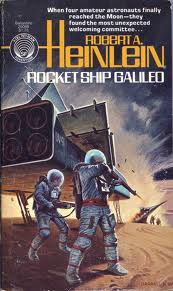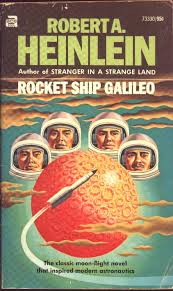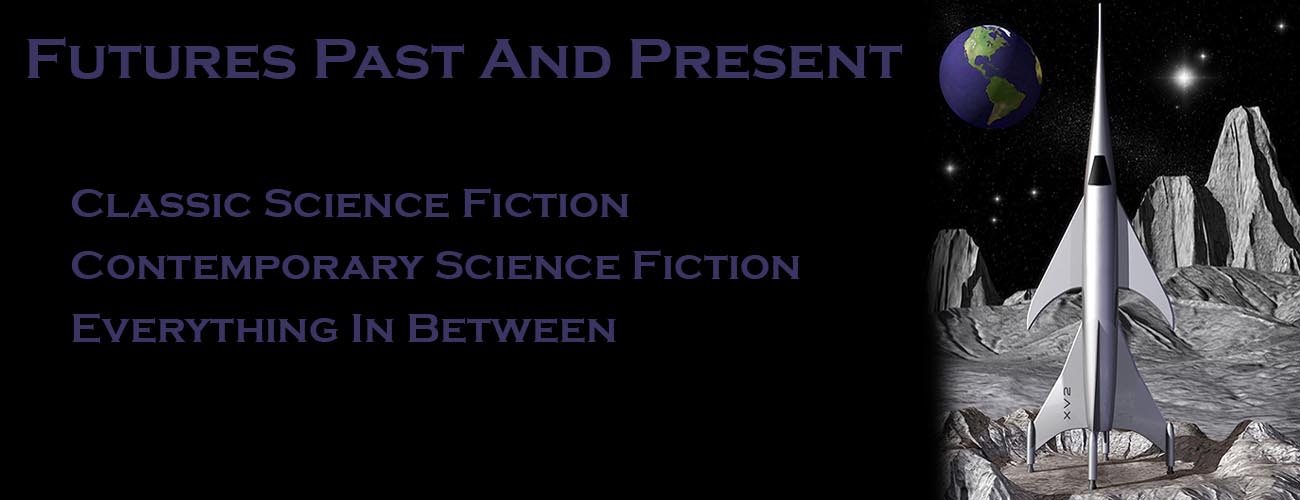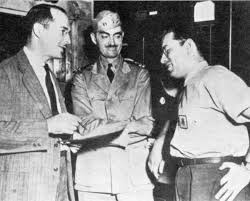 Rocket Ship Galileo
Rocket Ship Galileo
Robert A. Heinlein
I’ve been intending to start this series for a while, and I planned to have this post up in January. (I read the book in January. Does that count?) However, my wife had rotator cuff surgery, so I’m a little behind in my blogging. The plan is to read the juveniles in the order they were written and blog about each one.
The first Heinlein juvenile I read was Have Spacesuit Will Travel. I was in seventh grade. The junior high library had a small selection of them, and I think I read all of them that year. Then we moved, and the selection at my new school wasn’t as extensive. I continued to read them through high school, although I never read all of them.
In 1947, Heinlein began writing an annual novel for Scribner’s, aimed at what would now be called the YA market. The first of these was Rocket Ship Galileo.
It tells the story of three scientifically inclined friends, Ross Jenkins, Art Mueller, and Maurice Abrams, who are recruited by Art’s uncle Donald Cargraves, a famous scientist, to help him build the first rocket to the Moon.
Much of the book is taken up with the plans and building of the rocket. The name comes from the boys’ club, The Galileo Club. They’ve been experimenting with rockets on their own, which is why Cargraves selects them.
 After some mysterious events while they’re building the rocket in the New Mexico desert, the foursome launch and head for the Moon. They plan on being there for about 10 days. They land on the far side of the Moon, which at the time of the book’s writing had never been seen.
After some mysterious events while they’re building the rocket in the New Mexico desert, the foursome launch and head for the Moon. They plan on being there for about 10 days. They land on the far side of the Moon, which at the time of the book’s writing had never been seen.
They soon discover they’re not alone. There is a colony of Nazis on the Moon planning on restoring the Reich. Keep in mind Rocket Ship Galileo was written in 1947, and there were still a number of high ranking Nazis on the loose.
Cargraves and the boys have to figure out a way to defeat them while surviving after their rocket is destroyed.
I read this one the summer between my sophomore and junior years in high school. Other than the Nazis, I didn’t remember much about it. The fact that I read it a day or so before my appendix ruptured probably has something to do with that.
Anyway, the book was mostly a new book to me when I reread it after a period of nearly 30 years.
Several things struck me. One was the amount of scientific content. There are some passages that are quite technical, especially for a book aimed at teenagers. Maybe the educational system was better in those days (don’t get me started on the state of education). The boys’ enthusiasm for science and learning took me back to when I was that age and curious about every aspect of the physical world.
Heinlein worked with L. Sprague de Camp and Isaac Asimov at the Philadelphia Naval Yard during World War II. One of their projects involved pressure suits. In the novel, Heinlein makes a reference to their work, referring to de Camp by name.
Although written in 1947, the book takes place after 1951. Reference is made to a nuclear test that took place in New Mexico in that year. In other words, this was near-future sf when it was written. While the US is still primarily a sovereign nation, the UN is the ultimate world authority. Of course the UN has outlawed war. (Ah, the naive optimism of that idea.) Other than that, the society presented is pretty much as it was in 1947. The more interesting sociological aspects of the juveniles would come in later volumes.
Overall, I think the Rocket Ship Galileo has held up well with the passage of time. It does show it’s age around the edges, though. Does anyone even use the word “chums” anymore? My son is in sixth grade and was asking me if it would be a book he would enjoy. My initial reaction was that the science was too far above him, but I think I’ll let him give it a try. I can explain anything he has a question about.
Next month we’ll look at Space Cadet.

